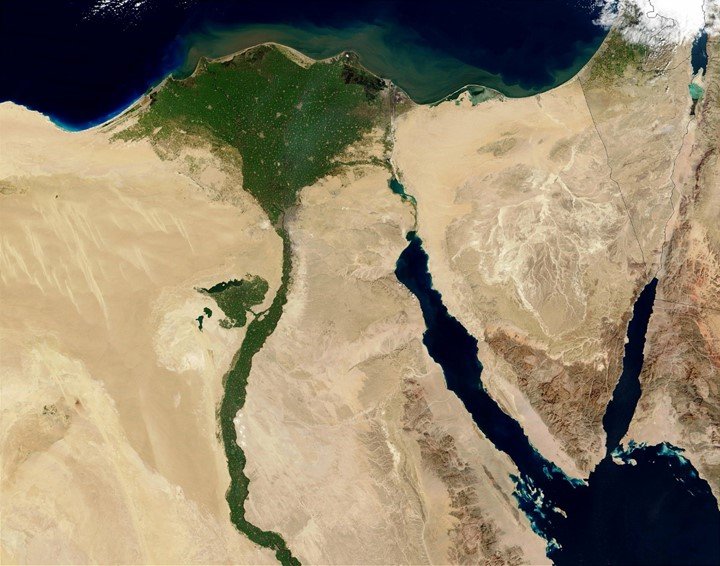Geoscience involves the study of the earth and all its components. To map the earth’s surface, geologist employs numerous tools. These tools depend on the data to be collected and the purpose of the data. Many geologists have been using remote sensing techniques to achieve their goals in recent years. Remote sensing provides them with timely data and allows the geologist to study a wide geographical area at the same time. In Geoscience, the remote sensing technique has many applications. Some of these applications are discussed below:
1. Mapping Geological structures
Geological structures are an important component in the environment, and thus studying them would be beneficial. Among all the methods used to study and map geological structures, remote sensing has proved the best. Geological structures come along with features that make their studying process difficult. For example, the Volcanoes. Other tools may be limited to research such scenarios.
2. Natural hazards mapping and analysis

Natural hazards are common occurrences on the earth’s surface. To avoid and minimize these hazards, research should show their causes. However, the study is successful if a powerful tool is used. Remote sensing can offer both mapping and analysis tools, and thus it fits best for this operation.
3. Geomorphology Analysis
In studying landforms and their evolution, remote sensing is greatly used. Remote sensors are located in space, and therefore they can capture wider earth surfaces. This advantage makes it a more reliable and better tool than other methods. The landform image is then analyzed, and geomorphologists use the data to conclude.
4. Hydrocarbon exploration and analysis
Earth’s surface has numerous minerals. To extract and locate these minerals, different technologies may be used. Similarly, numerous technologies are used when locating hydrocarbons (oil and gases). Nowadays, many geologists use the remote sensing technique to locate and identify the number of hydrocarbons from the ground. Remote sensors can differentiate hydrocarbons depending on their strength.
5. Mineral and water exploration

Remote sensing is a mighty tool for identifying the mineral grounds and providing necessary information to the miners. It saves time and cost as its images can be analyzed and show where minerals are located. Similarly, remote sensing tools would be used during the mining process to provide security and monitor the mining sites. Therefore, this technique is vital in the mining industry.
6. Groundwater Exploration
In the Exploration of groundwater, remote sensing plays a major role. The images from remote sensors can be used to locate areas with groundwater. The dataset from sensors differs in color as the soil moisture changes. The more the soil moisture, the more likely there’s groundwater. Also, it can be used to monitor the Exploration of groundwater.
7. Updating Geologist inventories and datasets
Updating inventories is one of the main reasons why geologists carry out research. Geologist greatly relies on remote sensing tools as their data-collecting tools. This is because they provide accurate and more reliable data.



